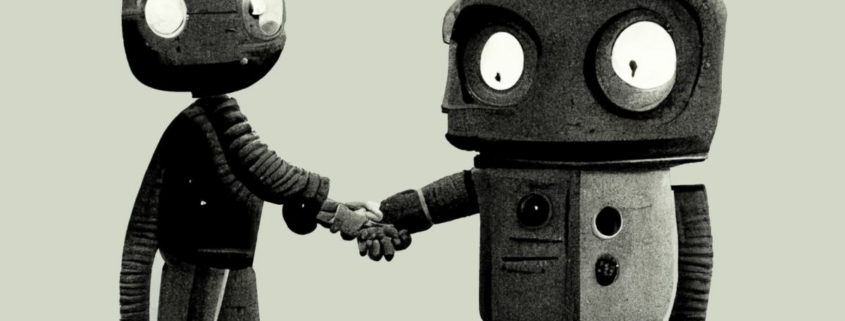Watching AI evolve this year has been a rollercoaster
2022 sure has been a year for AI. Image generation in particular has taken off somewhat spectacularly this year, though we’ve seen plenty of advancements in the broader scope of machine learning too. It’s given us a lot to think about in the games industry, in fact. And while many will herald it as something that may well solve all our problems, others have taken a slightly less welcoming approach.
As with any advancement, there’s been a fair amount of controversy coming along with it. Beside the iRobot-fuelled fear that AI will one day rise up and take us hostage, there’s the (only slightly) less worrisome potential that it could displace countless artists, and it appears the process has already begun.
While regulations been put in place to prevent things getting too out of hand, we’ve seen some fervent discourse erupting across the web over the countless AI phenomena trending this year, even protests. But is it all bad?
With so many potential applications it’s been a hard one to ignore in any industry, and since it can learn much faster than we humans, I’m confident it’s going to become even more prevalent in the coming years. Even as I write this our robot overlords are undoubtedly plotting our demise, but AI has given us so much to be grateful for.
Like the incessant yet transformative march of the Roman legions, AI has permeated our culture for better or worse. Now is the time to take a look back at how far AI has come this year, and see just how screwed we are.
Robot overlords
A year of AI coverage started off humble for us. When Daniel West brought us the AI controlled Lego sorting machine (opens in new tab), he couldn’t have set us up better for an explosion of artificially intelligent robots. And while we were all sitting around dreaming of the many organisational improvements AI could make to our daily lives (just me?), MIT was accelerating robot learning (opens in new tab) in incredible ways.
We’ve even seen them training pizza-making robots (opens in new tab) to pave the way to highly complex artificial intelligence—learning to manipulate deformable objects that change as they are moulded has not been an easy task for AI robots to learn, but it’s all contributing potential applications in, for example, healthcare. And it’s not just pizza that’s been getting the AI treatment this year.
Boston Dynamics recently upgraded its artificially intelligent robot dog, Spot (which semiconductor manufacturer GlobalFoundries has been using for a while now), so it might better save us from another chip shortage (opens in new tab).
On top of all the industry and scientific innovation, this year we witnessed what I imagine was the first AI robot painter to hold an exhibition (opens in new tab) for the art she’d been making. And while she may not have been the first AI to go into the field of artistry, she does present a great segue into how artificial intelligence (even devoid of physical form) has been making waves across the artistic community in 2022.
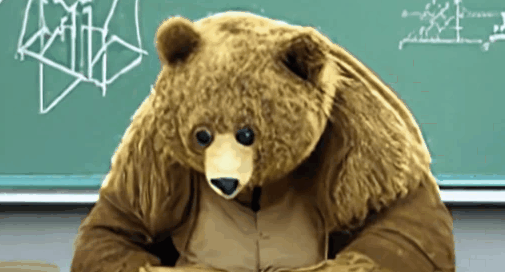
AI artistry
Between Nvidia feeding 10 million landscape images into its upgraded AI art tool (opens in new tab) in January so it could turn even my obscure scrawlings into masterpieces, and Adobe deciding just this month that it will sell AI-generated stock images (opens in new tab), watching the 2022 AI art saga unfold has been a real rollercoaster.
We’ve seen people using AI to turn Minecraft worlds (opens in new tab) into adorable picturesque scenes, algorithms expanding on works of art by interpreting what lies beyond Michelangelo’s ‘Creation of Adam,’ (opens in new tab) and our course in came Meta jumping on the bandwagon with its own AI video generator (opens in new tab).
Our Dave even trained Stable Diffusion to paint (opens in new tab) like his uncle Hermann, which I have to say is one of the more wholesome (and pretty damn cool) applications I’ve seen in the AI art space. Dave’s uncle Hermann AI is actually worth noting as it’s one of the seemingly rare instances where we can say for sure it doesn’t break copyright law.
The surrounding ethical discussion, worsened by events such as humans using AI to win art competition (opens in new tab)s, has been pretty heated. Many algorithms will simply scrape the web and remix artists’ work without their permission, meaning thousands of copyrighted or otherwise private imagery is being used without consent (as in the case of Google’s AI department being sued for using the health data of 1.6 million NHS patients (opens in new tab)).
Today it came to a peak with protests erupting on Artstation (opens in new tab) over the phenomenon.
China has been attempting to tackle the problem by introducing regulations that clamp down on deepfakes (opens in new tab), Despite attempts to regulate it, we still appear to be in a wild-west state. There are so many more unaddressed issues (opens in new tab) that we need to be talking about, here.
Latent space
It’s been a weird time exploring what the boffins are calling latent space.
One dev discovered something quite sinister, in fact. Loab is said to be the “first cryptid of the latent space (opens in new tab).” Back in September, she emerged as a tired looking, middle-aged woman whose likeness seems to resurface time and time again, even when the algorithm is presented with prompts weighted hard against it. She often appears in grotesque scenes involving children and gore, and lore has begun to spring up around Loab as a kid killer.
Was this algorithm fed on those messed up chain emails people used to send me as a tween? Who knows. One thing’s for sure, there’s a lot of messed up stuff being generated—the AI prediction of the “last selfie ever taken” (opens in new tab) being one of them. Though our collective pilgrimage into the latent space can sometimes throw up genuinely heartwarming stories.
Just this month I got to speak to Greg Linares, who uses a heavily modded local version of Stable Diffusion v1.4 to generate images based on malware, translated into prompts, and fed to the algorithm. It’s the same malware behind the cyberattacks on Ukraine (opens in new tab), in fact, known by most as the Sandworm group. A somewhat distressing inspiration, though I suppose its one way of coping with something so sinister. In fact, he told me that he trained the algorithm that spat out these captivatingly dark images, in part, using photos of his late fathers workshop tools.
First off, good on him for using his own imagery, but it just goes to illustrate yet another fascinating way people have been using AI image generation: as a kind of coping mechanism.
“It’s very cathartic,” he told me. And he isn’t the only one using image generators to self soothe. David Holz, founder of Discord-based image generation app Midjourney, noticed a trend in people generating images of dogs in heaven. It was clear from his chats with the community that people had been using the bot to cope with the trauma of losing a beloved pet. Now that’s the kind of tender application I can get behind.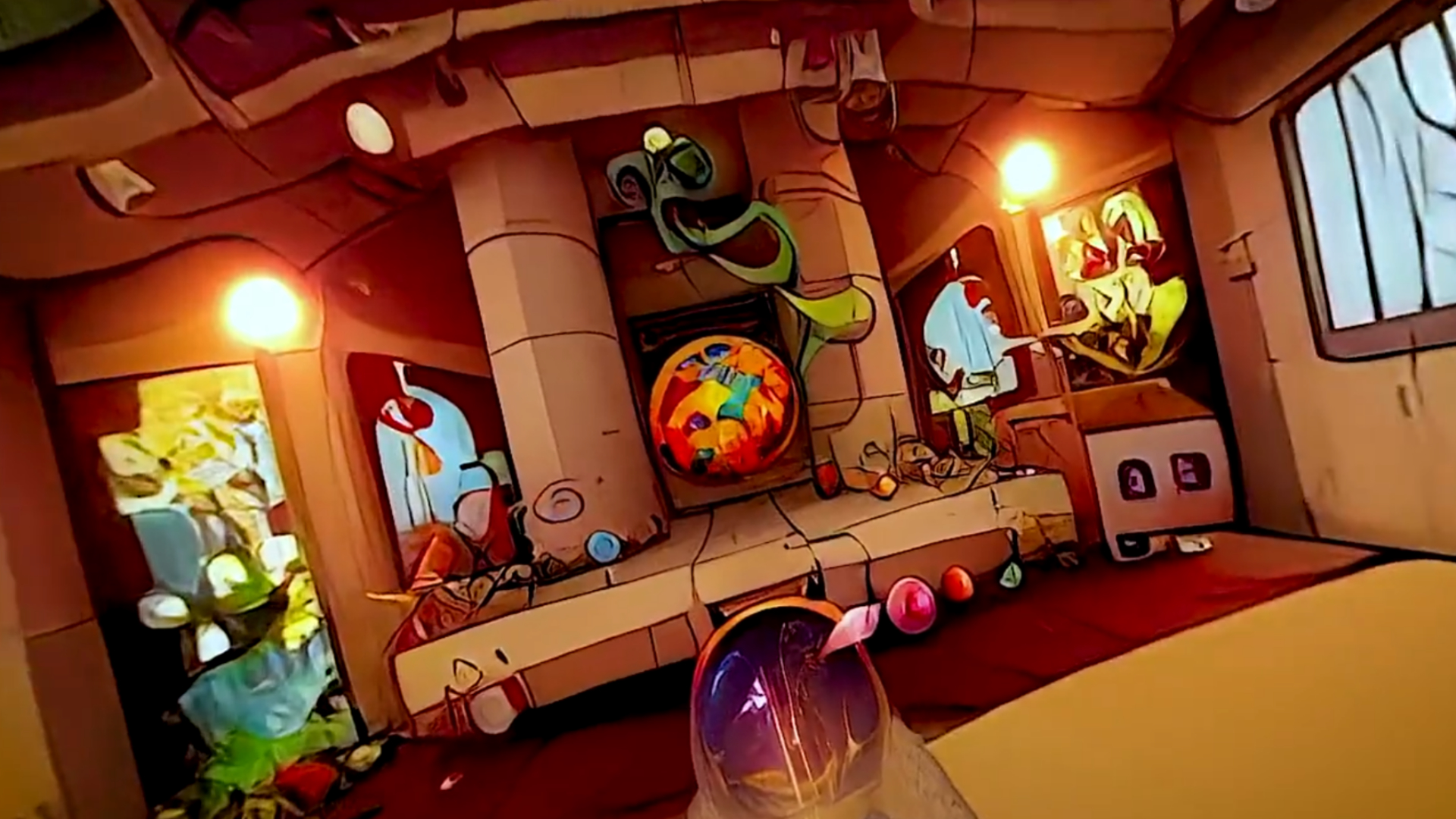
Game design
In the same interview with David Holz, he prophesied that one day consoles will have a ‘giant AI chip and all the games will be dreams.’ (opens in new tab) A somewhat overzealous vision of the future, and one that game designers are rightly terrified of, though there have been some incredible leaps within the industry already that have allowed game companies to work smarter, and faster with the help of AI.
ZooBuilder for example is a prototype AI designed to animate animals (opens in new tab), in order to expedite the process of game development. And I spoke to Scottie Fox who had been working on AI generated worlds in virtual reality (opens in new tab). Maybe Holz wasn’t too far off, then.
We already have text generators and chat bots intelligent enough to be used as an AI game master (opens in new tab), though admittedly these are pretty resource intensive. AI Dungeon, in fact, may be one of the most demanding PC games (opens in new tab) in terms of GPU power that we’ve ever come across, and for a long time it didn’t even have any graphics. That puts into perspective how far we have to go before we can run superintelligent AI on our own desktop PCs, at least.
And of course text generation comes with its own moral turmoil. Kids have been turning to AI to write their homework, even. Though the very same AI reckons using AI to write your homework is a bad idea (opens in new tab).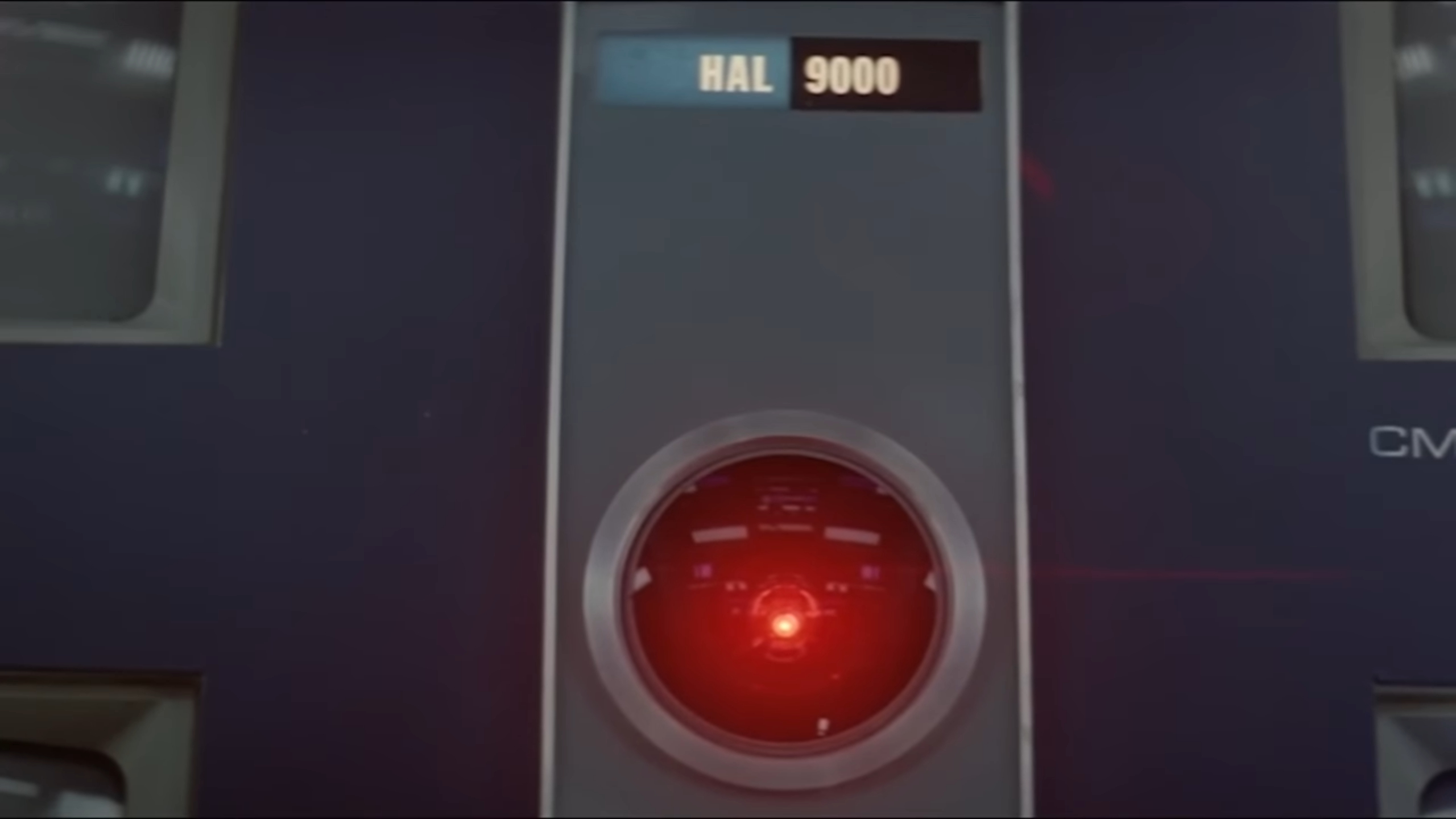
Sentience
Of course there’s an entire corner of this minefield dedicated to the problem of sentience.
I haven’t got time to get into the nitty gritty of what androids dream of, but I do have to give an honourable mention to Blake Lemoine: the Google engineer who thinks AI has become sentient (opens in new tab). Whether you believe it or not, at the very least he’s opened up an important dialogue. There have been some regulations put in place to prevent our overlords from gaining too many rights, however. Since the US court ruled AIs are not ‘individuals’ (opens in new tab) they are at least prevented from patenting anything themselves.
Of course that’s what we’re most concerned about in a capitalist society, as opposed to the Blade Runner-esque moral implications such a ruling might have in an a synth-laden future.
Technophilosopher David Chalmers relayed to me that, sure, AI NPCs in video games ‘can be conscious and can have feelings (opens in new tab),’ and whether that is true today or will ever be true will likely remain a huge point of contention.
Either way, to ignore the impact artificial intelligence has had on us as a species in 2022 would be a massive oversight. While many of us may not be ready to embrace it fully, there’s no doubt that its influence has shaped, and will continue to shape, the way we work, play, and even heal.
2022 sure has been a year for AI. Image generation in particular has taken off somewhat spectacularly this year, though we’ve seen plenty of advancements in the broader scope of machine learning too. It’s given us a lot to think about in the games industry, in fact. And while many will herald it as something that may well solve all our problems, others have taken a slightly less welcoming approach.
As with any advancement, there’s been a fair amount of controversy coming along with it. Beside the iRobot-fuelled fear that AI will one day rise up and take us hostage, there’s the (only slightly) less worrisome potential that it could displace countless artists, and it appears the process has already begun.
While regulations been put in place to prevent things getting too out of hand, we’ve seen some fervent discourse erupting across the web over the countless AI phenomena trending this year, even protests. But is it all bad?
With so many potential applications it’s been a hard one to ignore in any industry, and since it can learn much faster than we humans, I’m confident it’s going to become even more prevalent in the coming years. Even as I write this our robot overlords are undoubtedly plotting our demise, but AI has given us so much to be grateful for.
Like the incessant yet transformative march of the Roman legions, AI has permeated our culture for better or worse. Now is the time to take a look back at how far AI has come this year, and see just how screwed we are.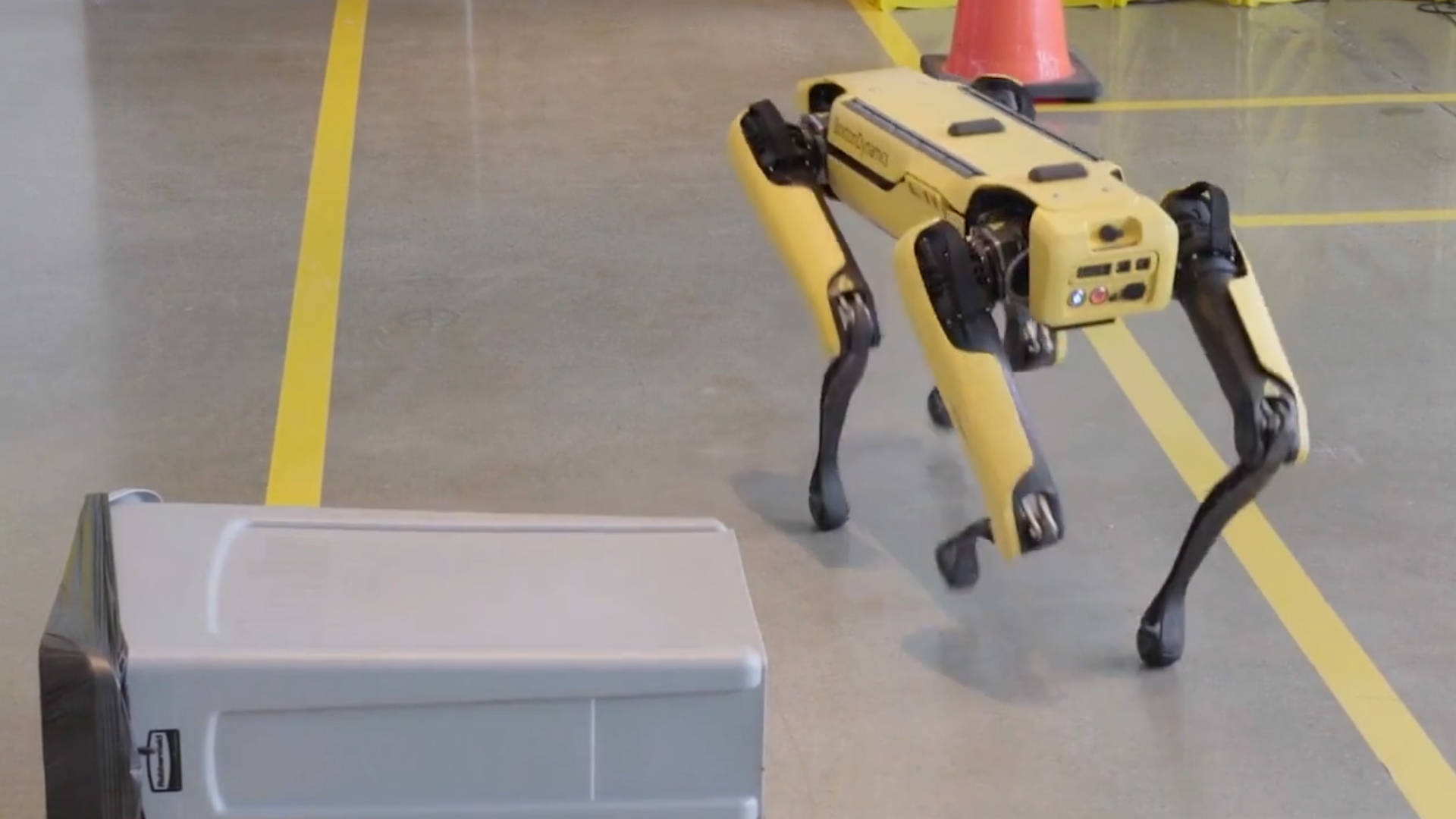
Robot overlords
A year of AI coverage started off humble for us. When Daniel West brought us the AI controlled Lego sorting machine (opens in new tab), he couldn’t have set us up better for an explosion of artificially intelligent robots. And while we were all sitting around dreaming of the many organisational improvements AI could make to our daily lives (just me?), MIT was accelerating robot learning (opens in new tab) in incredible ways.
We’ve even seen them training pizza-making robots (opens in new tab) to pave the way to highly complex artificial intelligence—learning to manipulate deformable objects that change as they are moulded has not been an easy task for AI robots to learn, but it’s all contributing potential applications in, for example, healthcare. And it’s not just pizza that’s been getting the AI treatment this year.
Boston Dynamics recently upgraded its artificially intelligent robot dog, Spot (which semiconductor manufacturer GlobalFoundries has been using for a while now), so it might better save us from another chip shortage (opens in new tab).
On top of all the industry and scientific innovation, this year we witnessed what I imagine was the first AI robot painter to hold an exhibition (opens in new tab) for the art she’d been making. And while she may not have been the first AI to go into the field of artistry, she does present a great segue into how artificial intelligence (even devoid of physical form) has been making waves across the artistic community in 2022.

AI artistry
Between Nvidia feeding 10 million landscape images into its upgraded AI art tool (opens in new tab) in January so it could turn even my obscure scrawlings into masterpieces, and Adobe deciding just this month that it will sell AI-generated stock images (opens in new tab), watching the 2022 AI art saga unfold has been a real rollercoaster.
We’ve seen people using AI to turn Minecraft worlds (opens in new tab) into adorable picturesque scenes, algorithms expanding on works of art by interpreting what lies beyond Michelangelo’s ‘Creation of Adam,’ (opens in new tab) and our course in came Meta jumping on the bandwagon with its own AI video generator (opens in new tab).
Our Dave even trained Stable Diffusion to paint (opens in new tab) like his uncle Hermann, which I have to say is one of the more wholesome (and pretty damn cool) applications I’ve seen in the AI art space. Dave’s uncle Hermann AI is actually worth noting as it’s one of the seemingly rare instances where we can say for sure it doesn’t break copyright law.
The surrounding ethical discussion, worsened by events such as humans using AI to win art competition (opens in new tab)s, has been pretty heated. Many algorithms will simply scrape the web and remix artists’ work without their permission, meaning thousands of copyrighted or otherwise private imagery is being used without consent (as in the case of Google’s AI department being sued for using the health data of 1.6 million NHS patients (opens in new tab)).
Today it came to a peak with protests erupting on Artstation (opens in new tab) over the phenomenon.
China has been attempting to tackle the problem by introducing regulations that clamp down on deepfakes (opens in new tab), Despite attempts to regulate it, we still appear to be in a wild-west state. There are so many more unaddressed issues (opens in new tab) that we need to be talking about, here.
Latent space
It’s been a weird time exploring what the boffins are calling latent space.
One dev discovered something quite sinister, in fact. Loab is said to be the “first cryptid of the latent space (opens in new tab).” Back in September, she emerged as a tired looking, middle-aged woman whose likeness seems to resurface time and time again, even when the algorithm is presented with prompts weighted hard against it. She often appears in grotesque scenes involving children and gore, and lore has begun to spring up around Loab as a kid killer.
Was this algorithm fed on those messed up chain emails people used to send me as a tween? Who knows. One thing’s for sure, there’s a lot of messed up stuff being generated—the AI prediction of the “last selfie ever taken” (opens in new tab) being one of them. Though our collective pilgrimage into the latent space can sometimes throw up genuinely heartwarming stories.
Just this month I got to speak to Greg Linares, who uses a heavily modded local version of Stable Diffusion v1.4 to generate images based on malware, translated into prompts, and fed to the algorithm. It’s the same malware behind the cyberattacks on Ukraine (opens in new tab), in fact, known by most as the Sandworm group. A somewhat distressing inspiration, though I suppose its one way of coping with something so sinister. In fact, he told me that he trained the algorithm that spat out these captivatingly dark images, in part, using photos of his late fathers workshop tools.
First off, good on him for using his own imagery, but it just goes to illustrate yet another fascinating way people have been using AI image generation: as a kind of coping mechanism.
“It’s very cathartic,” he told me. And he isn’t the only one using image generators to self soothe. David Holz, founder of Discord-based image generation app Midjourney, noticed a trend in people generating images of dogs in heaven. It was clear from his chats with the community that people had been using the bot to cope with the trauma of losing a beloved pet. Now that’s the kind of tender application I can get behind.
Game design
In the same interview with David Holz, he prophesied that one day consoles will have a ‘giant AI chip and all the games will be dreams.’ (opens in new tab) A somewhat overzealous vision of the future, and one that game designers are rightly terrified of, though there have been some incredible leaps within the industry already that have allowed game companies to work smarter, and faster with the help of AI.
ZooBuilder for example is a prototype AI designed to animate animals (opens in new tab), in order to expedite the process of game development. And I spoke to Scottie Fox who had been working on AI generated worlds in virtual reality (opens in new tab). Maybe Holz wasn’t too far off, then.
We already have text generators and chat bots intelligent enough to be used as an AI game master (opens in new tab), though admittedly these are pretty resource intensive. AI Dungeon, in fact, may be one of the most demanding PC games (opens in new tab) in terms of GPU power that we’ve ever come across, and for a long time it didn’t even have any graphics. That puts into perspective how far we have to go before we can run superintelligent AI on our own desktop PCs, at least.
And of course text generation comes with its own moral turmoil. Kids have been turning to AI to write their homework, even. Though the very same AI reckons using AI to write your homework is a bad idea (opens in new tab).
Sentience
Of course there’s an entire corner of this minefield dedicated to the problem of sentience.
I haven’t got time to get into the nitty gritty of what androids dream of, but I do have to give an honourable mention to Blake Lemoine: the Google engineer who thinks AI has become sentient (opens in new tab). Whether you believe it or not, at the very least he’s opened up an important dialogue. There have been some regulations put in place to prevent our overlords from gaining too many rights, however. Since the US court ruled AIs are not ‘individuals’ (opens in new tab) they are at least prevented from patenting anything themselves.
Of course that’s what we’re most concerned about in a capitalist society, as opposed to the Blade Runner-esque moral implications such a ruling might have in an a synth-laden future.
Technophilosopher David Chalmers relayed to me that, sure, AI NPCs in video games ‘can be conscious and can have feelings (opens in new tab),’ and whether that is true today or will ever be true will likely remain a huge point of contention.
Either way, to ignore the impact artificial intelligence has had on us as a species in 2022 would be a massive oversight. While many of us may not be ready to embrace it fully, there’s no doubt that its influence has shaped, and will continue to shape, the way we work, play, and even heal.

